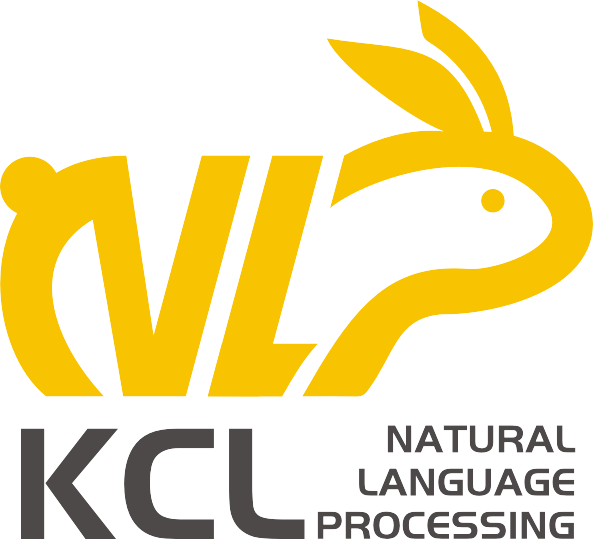Narrative Understanding with LLMs
Introduction
Narrative stories are characterised by their extended length
and depth. They consist of elements such as the viewpoint or
perspective from which the story is told, the characters
involved, and events that happened. All of these come together
to create a cohesive plot, whether it is in a book, a movie, or
other form of storytelling. Narrative understanding involves
comprehending these elements, how they connect or influence
each other, how the relationships between the characters change
over time, how events cause other events to happen, and how
events are interwoven to shape the narrative’s progression.
LLMs have demonstrated their impressive capabilities in
generating human-like language. However, using LLMs for
narratives understanding faces several challenges. For example,
LLMs have a difficulty in dealing with long narrative text.
Events or characters introduced early on in a narrative may
have a significant impact on later events. Also, relationships
among characters are not fixed and may evolve over time. LLMs
may struggle to monitor and capture these evolving
relationships. Furthermore, narratives often involve causal
relationships among events, characters, and actions. Extracting
and correctly inferring these causal links can be challenging
for LLMs, as it requires understanding not only what happened
but also why and how events are connected. Narrative
understanding also requires the ability of inferring the
emotional states of characters, their motivations and
intentions. This requires LLMs to possess the Theory of Mind
(ToM) capabilities. The question of whether LLMs can be trained
to develop such ToM capabilities remains open. Another
challenging task for LLMs is to accurately extract plots from
complex narratives, where they can have plots with multiple
storylines, flashbacks, or non-linear structures. Identifying
and presenting storylines in a coherent manner can be a
significant challenge for LLMs.
Projects
Project Aims
Our project aims are:
-
Character-centric analysis. We aim to develop automated
approaches for identifying key characters, their roles,
characteristics, and relationships within a narrative. This
involves tackling challenges such as character co-referencing
and linking. Also, detecting relationships among characters may
require addressing conflict and incomplete information in
narratives and tracking dynamic character relationships.
-
Story map extraction. Traditionally, events in a storyline
usually follow a chronological order. However, in narratives,
stories are complex. Narrative could be structured in many ways
including flashbacks, multiple stories happening
simultaneously, many smaller stories taking place within a
bigger plot, or even interwoven stories. We aim to develop
automated approaches for story map extraction.
-
Reasoning in narratives. We aim to enhance LLMs’ capabilities
to reason about the temporal order of events and their
relationships in narratives. We will also explore approaches to
enable LLMs to understanding cause-and-effect relationships and
perform theory-of-mind reasoning within narratives.
-
Interactive narrative understanding. We will investigate a
framework for interactive narrative understanding, which will
involve a few key components, including (1) Agents – extracting
comprehensive character-centric memory from narratives,
including aspects such as character’s personal traits and
preferences, beliefs and desires, their relationships with
other characters, their emotional states, their past
behaviours, and their anticipated actions. (2) Settings –
identifying character locations and settings, which are often
vaguely defined unless crucial to the plot. (3) Responses –
ensuring consistency and engagement in user interactions,
despite varying user inputs.
Applications
Narrative understanding can find a wide variety of
applications. Some example applications are listed below:
-
Personalised interactive narrative storytelling. Creating
immersive and interactive narrative environments tailored
to individual preferences, resembling the dynamic
storylines experienced by individuals, as depicted in the
TV series “Westworld”.
-
ESG report analysis. Deriving insights from lengthy ESG
reports, which convey comprehensive and data-driven
narratives about companies’ performance and initiatives
related to environmental sustainability, social
responsibility, and corporate governance.
-
News storyline generation. In platforms like news aggregators, narrative
understanding could improve content relevance and
engagement by generating more coherent and informative news
storylines.
-
Consistent and long-range conversations with LLM chatbots. Long
conversations with LLM-based chatbots can be considered as
a form of narrative storytelling, although it is
interactive and dynamically generated. Such long-range
conversations that involve diverse topics presents a
challenge for conventional methods, as they struggle to
effectively address the issue of retaining contextual
coherence over long stretches of discourse.
Participants
Lin Gui, Jiazheng Li, Junru Lu, Gabriele Pergola, Zhaoyue, Sun,
Xingwei Tan, Xinyu, Wang, Hainiu Xu, Wenjia Zhang, Runcong
Zhao, Yuxiang Zhou, Lixing Zhu, Qinglin Zhu

